China has just introduced a prototype of a super-small drone with the size of a mosquito, attracting attention from the global technology and military world.
The device was developed by a research team at the National University of Defense Technology (NUDT) in Hunan Province, targeting surveillance, reconnaissance and special operations missions in battlefield environments.
The tiny drone is described as having thin, light wings and three tiny legs that allow the device to land and perch stably on a variety of surfaces. Measuring only about 1.3 cm in length and extremely light in weight, the device can carry out secret flying missions at close range without being detected.
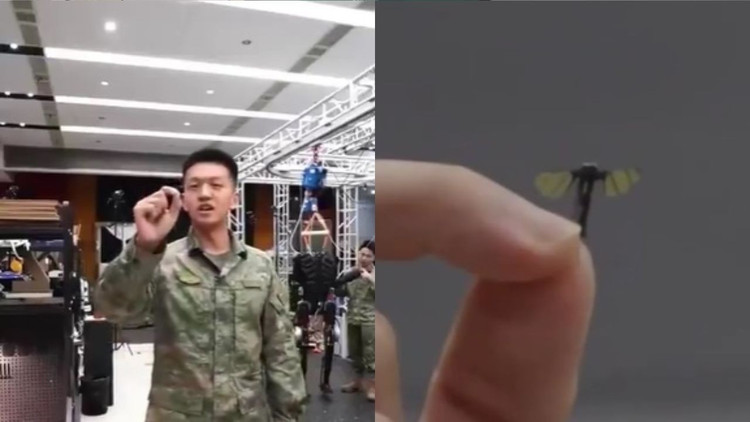
The most notable feature is the device’s ability to operate independently. The “robotic mosquito” has performed operations such as taking off from the palm of the hand, flying steadily in the air and landing precisely on a small surface. Although there has been no official announcement about the flight range, operating time or recording features, experts believe that this device is likely designed to serve secret reconnaissance missions in urban environments or difficult-to-access terrain.
Although facing many technical challenges due to limitations in battery capacity and space for sensors, energy storage technology and miniaturization of electronic components will gradually overcome current barriers, expanding the application of devices in the future.
Not only serving military purposes, this micro-drone also has the potential to be widely applied in civilian fields such as medicine, rescue, environmental monitoring and agriculture . Thanks to its ability to fly flexibly in narrow spaces, the device can be used to search for people trapped after natural disasters, collect data on air and water quality, or support crop monitoring in hard-to-reach areas.
China is not the only country pursuing microdrone technology. In Norway, the palm-sized Black Hornet drone, developed by Teledyne FLIR Defense, is widely used by many Western militaries. The latest version, the Black Hornet 4, won the US Department of Defense ’s 2025 Blue UAS Refresh award for improvements in battery, endurance, and data transmission.
Meanwhile, the US has also been researching a line of micro-drone since 2021, but has not officially announced a prototype. Some projects such as Harvard University's RoboBee have tested drones capable of flying by flapping their wings, and can even operate underwater, although they are still in the testing phase.
China’s mosquito-sized UAV is just one part of a growing robotics ecosystem being researched at NUDT, which also develops humanoid robots, battlefield robots, and other autonomous prototypes for both defense and civilian use.
Source: https://khoahocdoisong.vn/trung-quoc-trinh-lang-muoi-robot-sieu-nho-post1551377.html



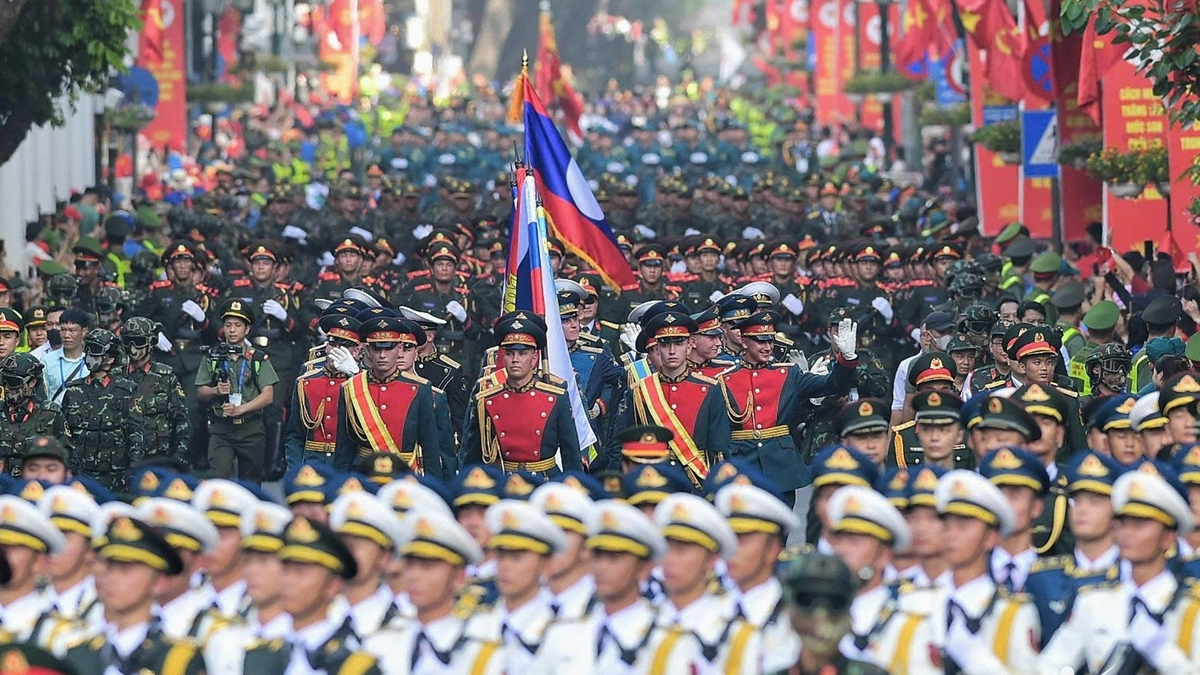
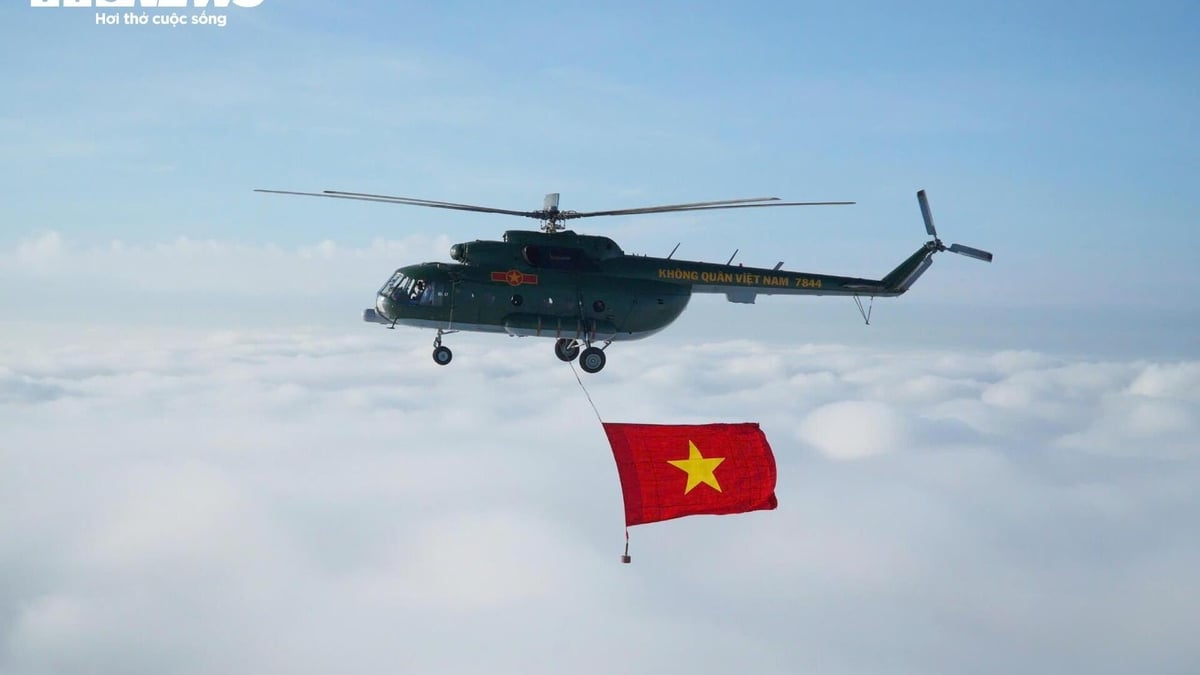



![[Photo] Parade of armed forces at sea](https://vphoto.vietnam.vn/thumb/1200x675/vietnam/resource/IMAGE/2025/9/2/3d4b1f9b40e447e0839d3f99b748169a)

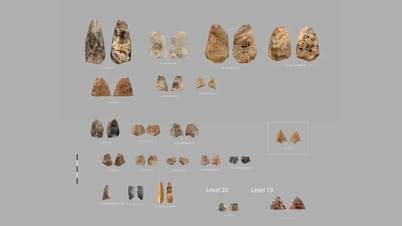





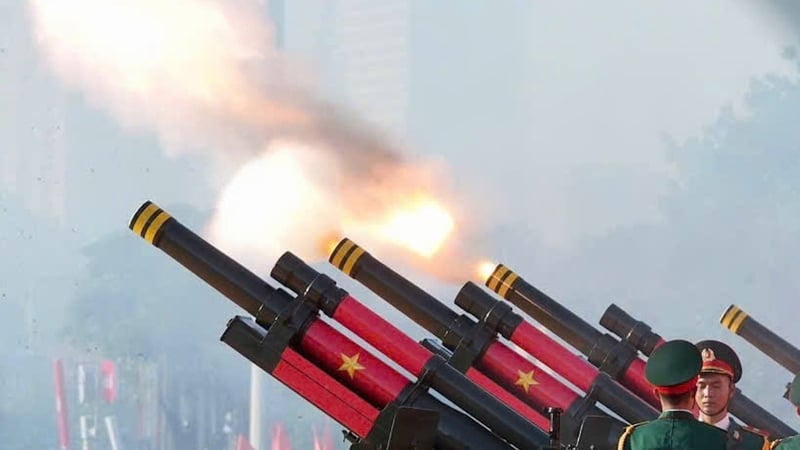










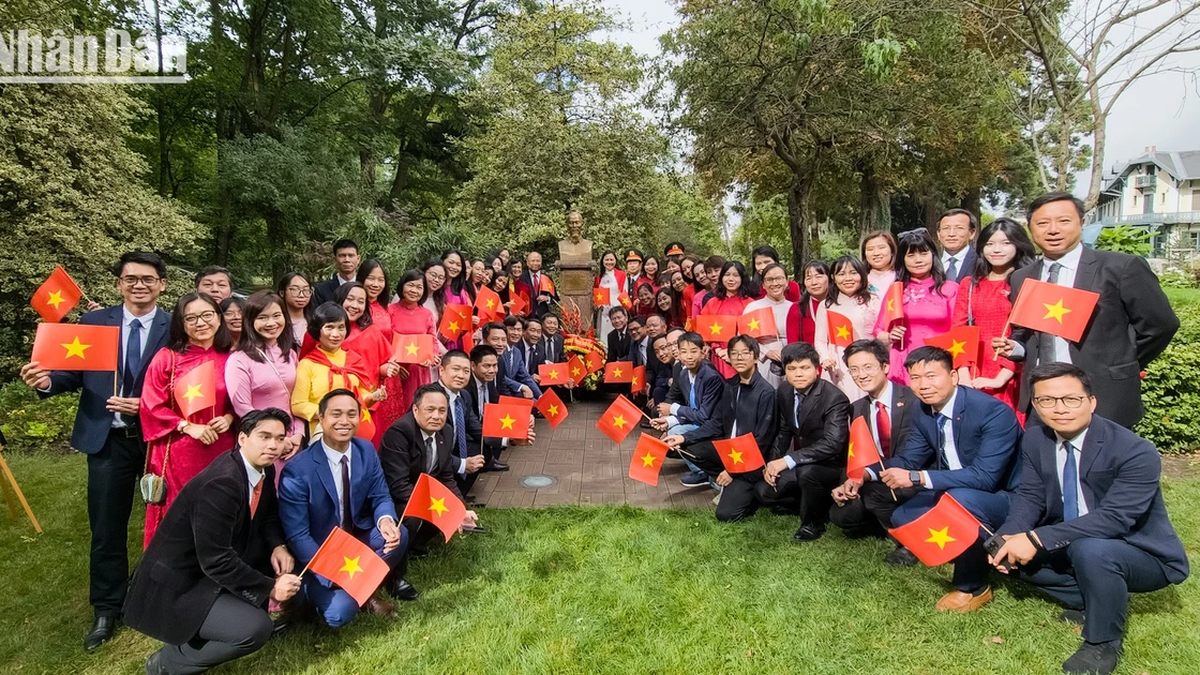
















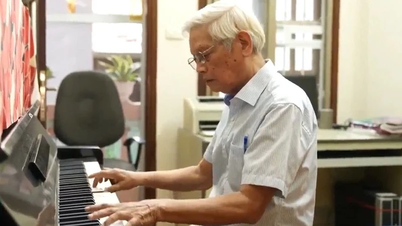
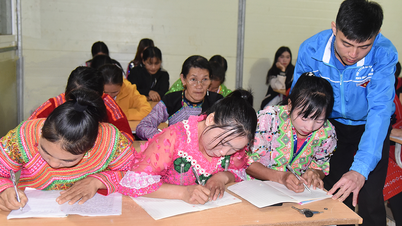




















![[Live] Parade and march to celebrate the 80th anniversary of the August Revolution and National Day September 2](https://vphoto.vietnam.vn/thumb/402x226/vietnam/resource/IMAGE/2025/9/2/ab9a5faafecf4bd4893de1594680b043)



























Comment (0)